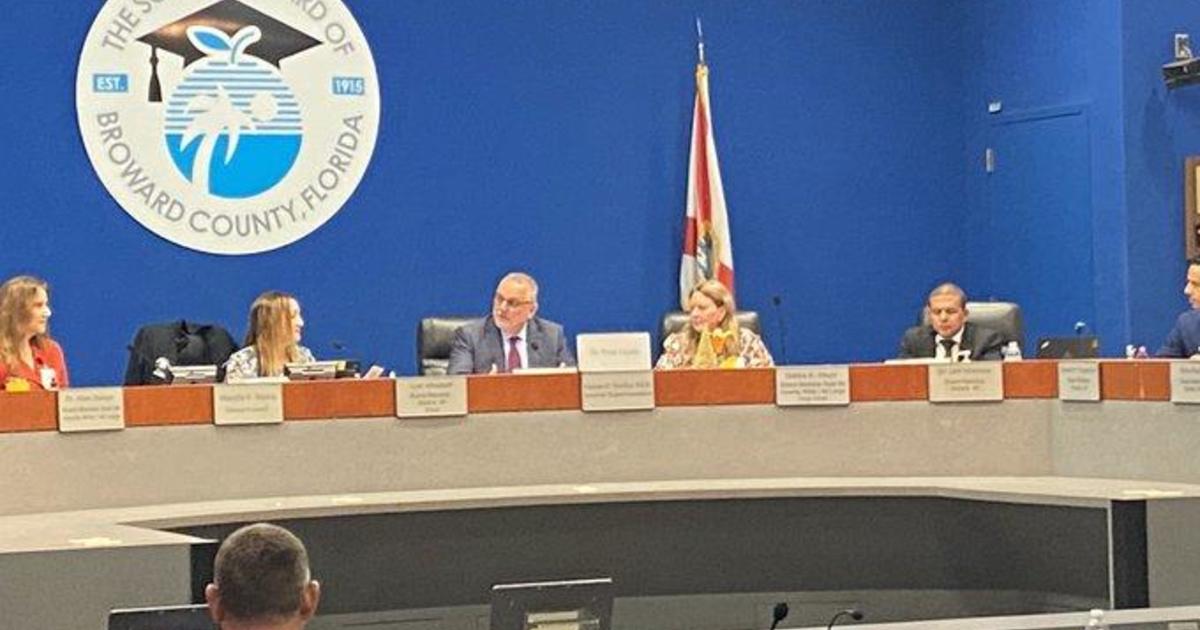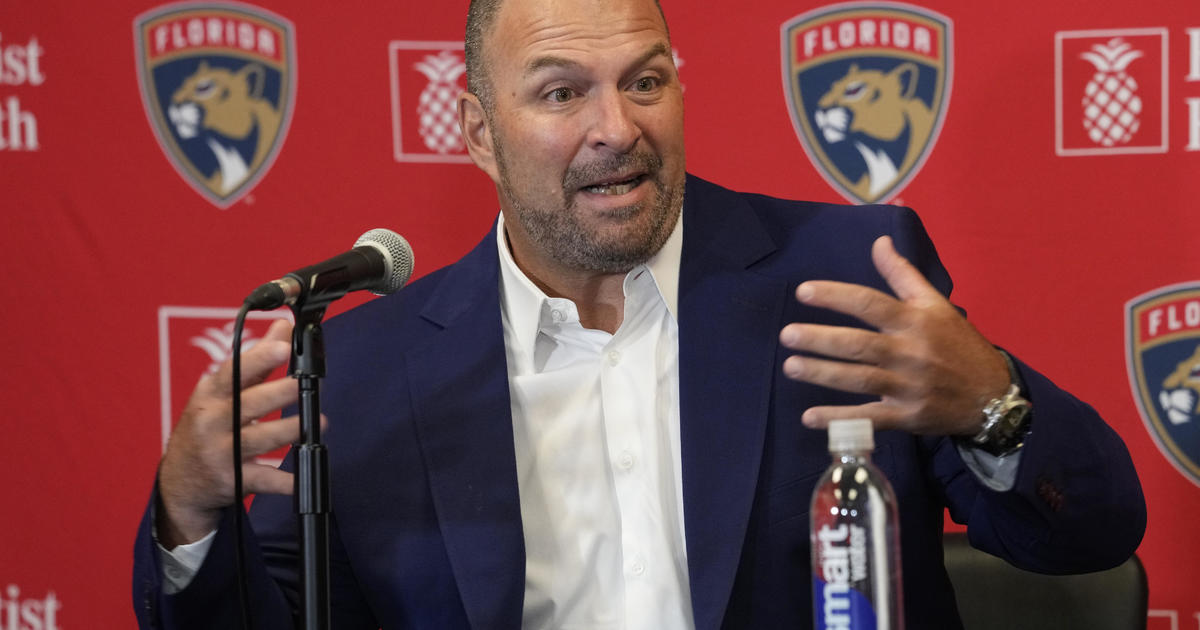Training Protocols On Display At SeaWorld Hearing
SANFORD (CBS4) – SeaWorld Orlando will continue to defend itself at a hearing Wednesday to determine if the park must pay $75,000 in fines a federal agency assessed it following the death of a killer whale trainer.
SeaWorld's head of animal training will continue testifying in front of an administrative law judge as SeaWorld appeals three citations it received from the Occupational Safety and Health Administration following the death of trainer Dawn Brancheau last year.
She was pulled underwater by an orca whale and drowned.
Training curator Charles Tompkins is being asked questions about SeaWorld's safety protocols by OHSA attorneys.
OHSA says its citations should apply to performances, but SeaWorld contends there is little difference between how trainers interact with the whales in and out of shows.
A ruling against SeaWorld could force park officials to change their protocols.
On Tuesday, government attorneys declined to show video Brancheau being drowned by the killer whale in February 2010.
A previous ruling by a federal judge gave attorneys for OSHA the option of using video of her death to defend their decisions. Another objection to use of the video by SeaWorld lawyers was also overruled Tuesday, but the federal agency's lawyers decided to leave out footage of her drowning.
Also on Tuesday, a witness disputed that she was pulled in by her ponytail, a widely accepted detail cited by other witnesses and SeaWorld officials.
Attorneys for OSHA introduced about 16 minutes of video taken by a witness at the time Brancheau died, but it stopped about a minute before the whale named Tilikum pulled her underwater and drowned her. The video showed Brancheau on the edge of the pool feeding and directing the whale during a special dining show at the theme park. Later in the show, she's shown interacting with the whale in the water.
What wasn't shown Tuesday was footage of Tilikum grabbing her and violently dragging her underwater. The medical examiner said she drowned and suffered traumatic injuries. OSHA's attorneys declined comment after the hearing on why they didn't show the footage.
A federal judge last week denied a request from Brancheau's family to stop OSHA from showing videos of the fatal performance because of privacy concerns. An attorney representing Brancheau's family was in the courtroom Tuesday, along with the trainer's husband and sister.
Fredy Herrera, a security officer who was inside Shamu Stadium and witnessed Brancheau's death, disputed that she was pulled underneath the water by her ponytail -- which is part of the account long held by SeaWorld and other witnesses. He said it looked like she was pulled by her arm from his vantage point across the pool.
Because it would be easier for a whale to reach someone's arm than hair, Herrera's account bolsters OSHA's contention that trainers were exposed to dangerous conditions. Going forward, it would also be more difficult to design safety measures to keep whales from grabbing an arm because trainers use their hands to feed and direct the animals.
"The angle that I was across the pool, that's what I saw," he said. "I may have a doubt, but that's what I saw. I saw her arm by the whale going down and that's why I assumed that is what happened."
Other witnesses told detectives they saw Brancheau's hair in the whale's mouth, and the information was included in the death report by the Orange County Sheriff's Office several weeks after the fatal accident.
Lynne Schaber, a SeaWorld trainer who was also present that day, testified that management at the facility decided who was allowed to work with Tilikum and that there were protocols in place to determine if a whale was exhibiting precursors for aggressive behavior.
Those precursors include the animal having large eyes, making noises and squirting water at a trainer. Tilikum could be seen in the video spraying water occasionally at Brancheau. But Schaber also said that while that could be a sign of frustration, it doesn't necessarily lead to aggression.
The final witness of the day, SeaWorld's head of animal training Charles Tompkins, said their records noted 98 incidents from 1998 to December 2009 in which precursors to aggressive behavior were observed by trainers in their killer whales.
But he was adamant that the protocols SeaWorld's trainers currently follow to safely handle those situations are sound.
"Just because we've noted things that could be precursors to aggressive behavior doesn't mean that it was aggressive behavior," Tompkins said. "...There are very few things our killer whales do that we haven't seen before. Very few."
Tompkins' testimony will resume Wednesday.
The first of the three citations by OSHA claimed SeaWorld exposed its workers to drowning hazards and the chance of being struck during interactions with killer whales. The federal agency noted in the citation that Tilikum also was involved in the death of a trainer at a marine park in British Columbia in 1991. The agency recommended putting physical barriers between trainers and killer whales.
The other two citations involve equipment in Shamu Stadium.
OSHA attorneys say their citations should apply to performances, but SeaWorld contends there is little difference in trainer interaction with the whales in shows and behind the scenes.
The hearing is expected to last a week.
(TM and © Copyright 2011 CBS Radio Inc. and its relevant subsidiaries. CBS RADIO and EYE Logo TM and Copyright 2011 CBS Broadcasting Inc. Used under license. All Rights Reserved. This material may not be published, broadcast, rewritten, or redistributed. The Associated Press contributed to this report.)



